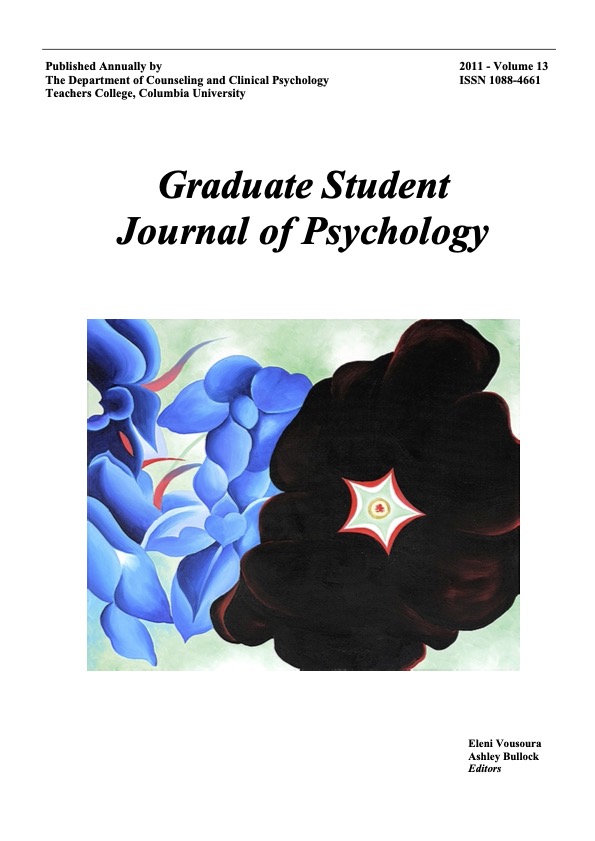Naturalistic Examination of a Training Clinic: Is There a Relationship Between Therapist Perception and Client Self-Report of Treatment Outcomes?
Main Article Content
Abstract
Numerous psychometrically sound measures of psychotherapy outcome have been developed; however, few clinicians administer such tools, and when they do so, they rarely utilize these results to inform treatment. Moreover, studies have reported a discrepancy between therapists’ judgment and clients’ self-report of treatment outcome. The current study aimed to further investigate the relationship between therapists’ judgment and clients’ self-report of treatment outcome in a psychological training clinic, using the criteria of reliable change (RC) and clinically significant change (CSC). One hundred and forty-four clients receiving therapy at a psychological training clinic in the Pacific Northwest were administered the Outcome Questionnaire 45.2 (OQ) at the beginning and end of treatment. Study participants were primarily Caucasian (88%) and female (56%), with a mean age of 32 years. Changes in outcome scores were compared to therapist judgments regarding treatment effectiveness. Results indicated a significant relationship between therapists’ judgment of treatment outcome and whether clients achieved RC or CSC. A large effect size (Φ = .56) was found between CSC and therapist judgment whereas a medium effect size (Φ = .32) was found between RC and therapist judgment. These results suggest that there is lack of agreement between the RC and CSC criteria, and that outcome measure alone cannot account for therapist judgment about treatment outcomes. Suggestions are made for maximizing the accuracy and practicality of client outcome assessment.
Article Details
Section
Articles

This work is licensed under a Creative Commons Attribution-NonCommercial 4.0 International License.
How to Cite
Waltman, S. H., Rex, K. H., & Williams, A. (2011). Naturalistic Examination of a Training Clinic: Is There a Relationship Between Therapist Perception and Client Self-Report of Treatment Outcomes?. Graduate Student Journal of Psychology, 13, 17–24. https://doi.org/10.52214/gsjp.v13i.10849

